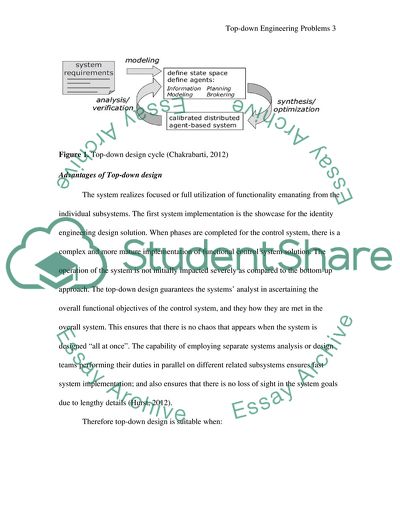Cite this document
(Electro Mechanical Control Systems Coursework Example | Topics and Well Written Essays - 2000 words, n.d.)
Electro Mechanical Control Systems Coursework Example | Topics and Well Written Essays - 2000 words. https://studentshare.org/engineering-and-construction/1869943-electro-mechanical-control-systems
Electro Mechanical Control Systems Coursework Example | Topics and Well Written Essays - 2000 words. https://studentshare.org/engineering-and-construction/1869943-electro-mechanical-control-systems
(Electro Mechanical Control Systems Coursework Example | Topics and Well Written Essays - 2000 Words)
Electro Mechanical Control Systems Coursework Example | Topics and Well Written Essays - 2000 Words. https://studentshare.org/engineering-and-construction/1869943-electro-mechanical-control-systems.
Electro Mechanical Control Systems Coursework Example | Topics and Well Written Essays - 2000 Words. https://studentshare.org/engineering-and-construction/1869943-electro-mechanical-control-systems.
“Electro Mechanical Control Systems Coursework Example | Topics and Well Written Essays - 2000 Words”. https://studentshare.org/engineering-and-construction/1869943-electro-mechanical-control-systems.


